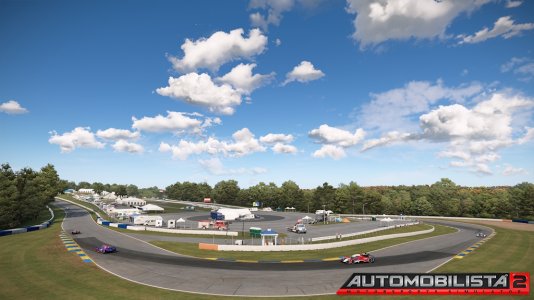@Mr Latte
High refresh rates for simracing are aimed at:
High refresh rates for simracing are aimed at:
- Reducing overall input lag via shorter frame time (60 Hz = 16.7 mS, 120 Hz = 8.4 mS, 240 Hz = 4.1 mS). This is miniscule compared to multiplayer pings of 90-180 mS and the average human reaction time to visual stimulus of 215 mS (https://humanbenchmark.com/tests/reactiontime). Graphic post effects that we've come to love also induce more display lag than a 240 Hz monitor will remove compared to a 60 Hz monitor; if reducing input lag is your primary concern, then disable post effects and live in a DX9 world!
- Removing screen tear, usually in conjunction with variable refresh (gSync, FreeSync) because game fps isn't constant. Since screen tear can be equally improved via other techniques (nVidia FastSync, old-fashioned vSync), the high refresh rate monitor is less important than having the game maintaining fps above the refresh rate.
- Reducing blur. However there are two display panel components that are more important in this regard than refresh rate: GtG response time and Mean Persistence Response Time (MPRT) (https://blurbusters.com/blur-buster...000hz-displays-with-blurfree-sample-and-hold/). MPRT is closely tied to the pixel motion rate which, for simracing without head mounted tracking, the peak occurs while doing tight radius U-turns and you don't need 144 Hz refresh to see clearly in that situation. With head mounted tracking (TrackIR, VR), the peak pixel motion rate is significantly higher because it's tied to how fast you turn your head.
- Reducing flicker, but that was more of a problem with CRTs than our current flat-panel displays. Texture flicker, on the other hand, is a software problem, so no device is going to be able to fix that.









